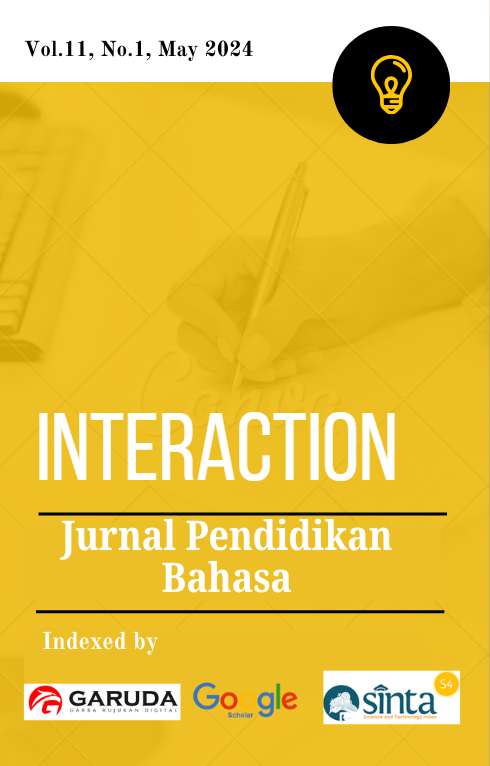The Analysis of Character Identity in “The Woman in The Window” Novel by A. J. Finn
Keywords:
Narrative ambiguityAbstract
This study delves into the exploration of character identity within A.J. Finn's psychological thriller "The Woman in the Window," focusing particularly on the protagonist, Dr. Anna Fox. Employing a comprehensive research methodology, including textual analysis, character profiling, literary examination, comparative analysis, psychological insights, reader response, and an interdisciplinary approach, the study unveils the intricate and multi-dimensional nature of the novel's characters. The findings contribute to a deeper understanding of character identity in the psychological thriller genre. The analysis reveals key themes such as unreliable narration, trauma's profound influence, external impacts on character development, the theme of the fragmented self, and deliberate narrative ambiguity. These elements, exemplified through Dr. Anna Fox's character, showcase the complexities inherent in character identity. Furthermore, the study extends its scope to a comparative analysis of psychological thriller novels, reader response studies, comparative character studies across genres, and an analysis of the author's intent. This multi-faceted approach enriches our understanding of character identity within psychological thrillers and underscores the enduring significance of the genre in contemporary literature. In conclusion, this research emphasizes the complex interplay of narrative techniques in shaping character identity, particularly exemplified through Dr. Anna Fox, and highlights the enduring relevance of psychological suspense literature in contemporary contexts.








